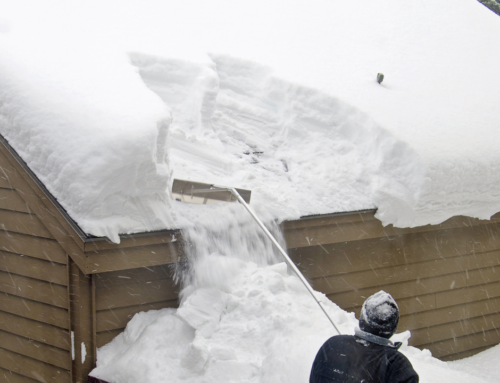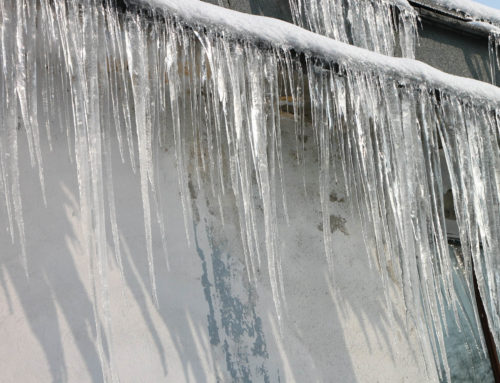It may only be October, and it may still be relatively warm outside. However, the weather is gearing up for change, and it will happen quicker than realized. Winter is coming, and while we may be enjoying an unseasonably warm October, this winter is expected to be one of the harshest on record. Those living in Minnesota and other areas in the North and Northeast know this is the stuff horror movies are made of if you are not prepared. It is best to start the preparations now, while the weather allows you to enjoy being outside, lest your home has an issue on Christmas morning that no one is available to fix for three days or more.
Winterize Your Home
It is common terminology: “winterize your home.” But do we really know what it means? How does one go about the process of “winterizing” anything? What is so different about the winter that we need to worry about the wellbeing of our home, as opposed to summer? By definition, winterizing your home is simply preparing your home for all issues that may occur in the winter. The checklist is in-depth but quite simple, especially if you develop a process to be repeated annually. To begin, test your thermostat to make sure it has no issues. Choose an evening that is not particularly warm and turn your thermostat to “heat” and raise the temperature to 75 or 80 degrees. Make sure it kicks on and warm air is pushed out. Then, make sure your outside vents are closed and if you use oil heat, fill your oil tank as you get towards the end of October. Do not forget to replace the filter in your furnace at this time as well.
Once you have made sure the heat works, make sure it does not escape. Check the insulation in your attic, walls, doors, and windows. Repair any issues you may find. Some older homes may be best served by placing a vacuum seal layer over your windows to keep the heat in and the cold air out. Make sure you take this time to also clean your chimneys and air ducts to allow air to move through without risking a fire. Finally, check your gutters. Make sure they are secure and cleaned to help prevent ice dams and other issues that may occur during the harshest winter months. Since you are already on a ladder, this is a good time to check the shingles on your roof to make sure they are secure and there are no problems waiting to happen.
Ice Dam Issues
If you follow the above steps, it is likely you will not have an issue with ice dams forming. However, if you experience an exceptionally heavy snowfall or several freezes in a row, no amount of preparation can prevent the inevitable ice dam. However, because you winterized your home and stayed on top of any potential issues, the damage may be quite minimal and easy to repair. Should you notice an ice dam on your home, contact an expert to utilize steam to remove the dam quickly and efficiently.
To help you deal with such weather issues or prevent potential ice dams, contact the experts at RTD Ice Dam Removal at (651) 699-3504.






